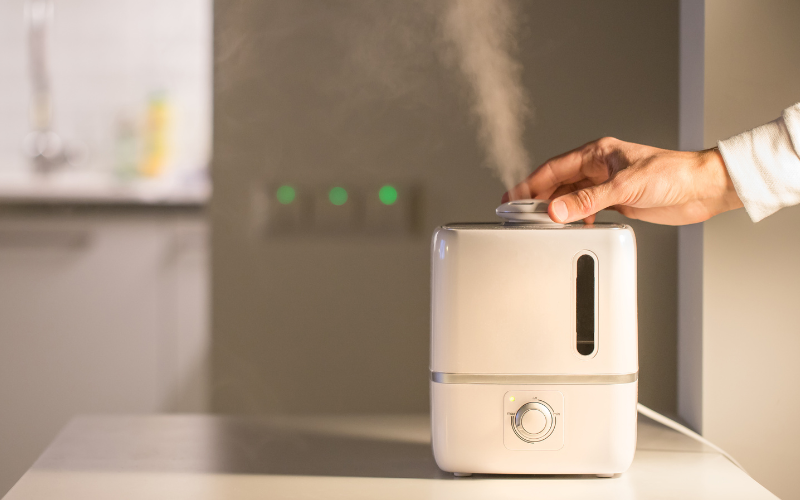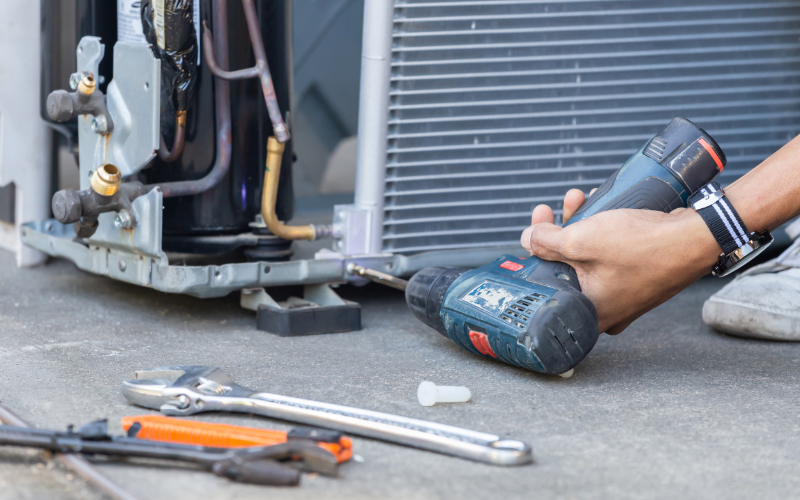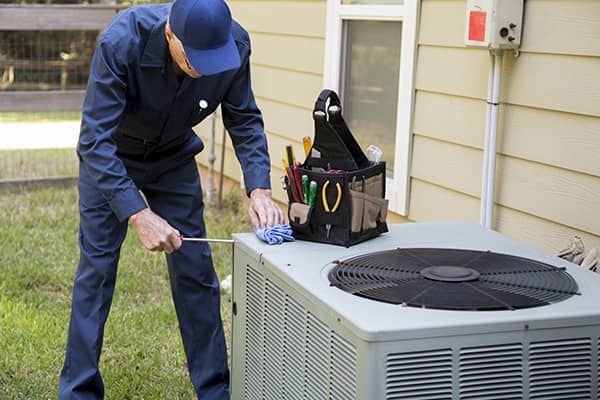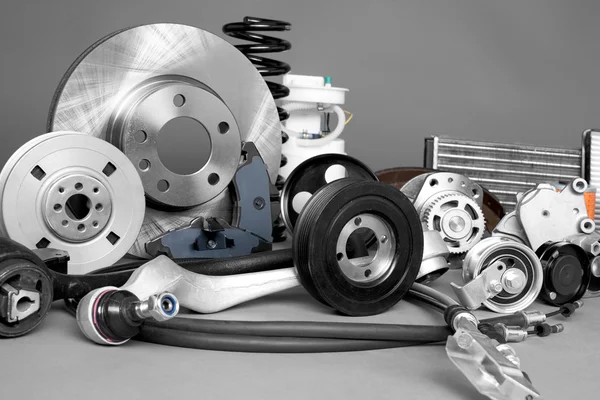Breastfeeding is a beautiful and natural way to nourish your baby, but it can also come with its fair share of challenges. One of the most common issues that breastfeeding mothers face is nipple injury, which can be incredibly painful and impact the overall breastfeeding experience.
In this article, we will delve into the topic of coping with nipple injury during breastfeeding and provide practical tips and advice to alleviate discomfort and promote healing. Whether you’re dealing with cracked, sore, or bleeding nipples, it’s essential to understand the causes behind these injuries and discover practical solutions.
Understanding Nipple Injuries During Breastfeeding
Breastfeeding is a complex process that involves the baby latching onto the mother’s breast to extract milk. However, improper latch and positioning can lead to nipple injuries. When the baby doesn’t latch properly, it can cause friction and trauma to the nipple, leading to soreness, cracking, and even bleeding.
Common Causes Of Nipple Injuries
There are several common causes of nipple injuries during breastfeeding. One of the main culprits is an incorrect latch. When the baby doesn’t latch onto the breast properly, it puts excessive pressure on the nipple, leading to pain and discomfort. Other causes include tongue-tie, where the baby’s tongue is restricted in its movement, and the use of nipple shields or artificial nipples, which can interfere with proper latch and lead to nipple damage.
The Importance Of Proper Latch And Positioning
To prevent nipple injuries, it’s crucial to ensure a proper latch and positioning while breastfeeding. The baby’s mouth should be wide open, with the lips flanged out, covering a large portion of the areola. This helps distribute the pressure evenly and reduces the risk of nipple trauma. Finding a comfortable breastfeeding position, such as the football or cradle hold, can also contribute to a better latch and prevent nipple injuries.
Signs And Symptoms Of Nipple Injuries
Recognizing the signs and symptoms of nipple injuries is essential for early intervention and effective treatment. Some common signs include soreness, cracked or bleeding nipples, and pain during breastfeeding. Addressing these issues promptly is essential to prevent further damage and ensure a positive breastfeeding experience.
Treating Nipple Injuries At Home
If you’re experiencing nipple injuries, there are several home remedies and treatments you can try to alleviate discomfort and promote healing. A lanolin-based nipple cream after each feeding can help soothe sore nipples and create a protective barrier. Cold compresses or chilled cabbage leaves can also relieve pain and inflammation. Additionally, allowing your nipples to air dry and wearing loose-fitting clothing can help prevent further irritation.
Seeking Professional Help For Severe Nipple Injuries
In some cases, nipple injuries may be severe and require professional intervention. Suppose you’re experiencing intense pain, excessive bleeding, or signs of infection. In that case, it’s essential to seek help from a lactation consultant specializing in breastfeeding or a healthcare provider, such as Level One Urgent Care, specializing in injury care. They can assess your situation, provide guidance on proper latch and positioning, and recommend additional treatments, such as nipple shields or nipple shells, to aid in healing.
Preventing Nipple Injuries During Breastfeeding
Prevention is always better than cure when it comes to nipple injuries. There are several strategies you can implement to avoid discomfort and pain. First and foremost, ensure a proper latch and positioning, as mentioned earlier. Regularly checking and adjusting the baby’s latch during feedings can help prevent nipple trauma. Additionally, allowing your nipples to air dry after each feeding and avoiding harsh soaps or lotions on your breasts can help maintain healthy skin and reduce the risk of injuries.
Coping With The Pain And Discomfort Of Nipple Injuries
Dealing with nipple injuries can be incredibly challenging, both physically and emotionally. It’s important to acknowledge and address the pain and discomfort you’re experiencing. A warm compress before breastfeeding can help alleviate pain and promote blood flow. Taking over-the-counter pain relievers approved by your healthcare provider can also provide temporary relief. Engaging in self-care practices such as gentle breast massages and relaxation techniques and seeking support from other breastfeeding mothers can help you cope with the pain and discomfort.
Support And Resources For Breastfeeding Mothers
Navigating the challenges of breastfeeding, including nipple injuries, can be overwhelming. Thankfully, there are numerous resources and support networks available for breastfeeding mothers. Online forums and support groups provide a platform to connect with other mothers who have experienced similar challenges and can offer guidance and encouragement. Lactation consultants and breastfeeding support organizations can also provide professional assistance and advice tailored to your needs.
Conclusion: Healing And Moving Forward
Breastfeeding is a beautiful and rewarding journey, but it’s complicated. Coping with nipple injuries can be challenging, but with the proper knowledge and support, you can overcome these obstacles and continue to provide the best nourishment for your baby. By understanding the causes of nipple injuries, implementing proper latch and positioning techniques, and seeking help when needed, you can alleviate pain, promote healing, and make breastfeeding a positive and enjoyable experience for both you and your baby.
Remember, you are not alone in this journey. Reach out for support, educate yourself, and be patient with yourself. With time and proper care, nipple injuries can heal, and you can continue to bond with your baby through the beautiful act of breastfeeding.











